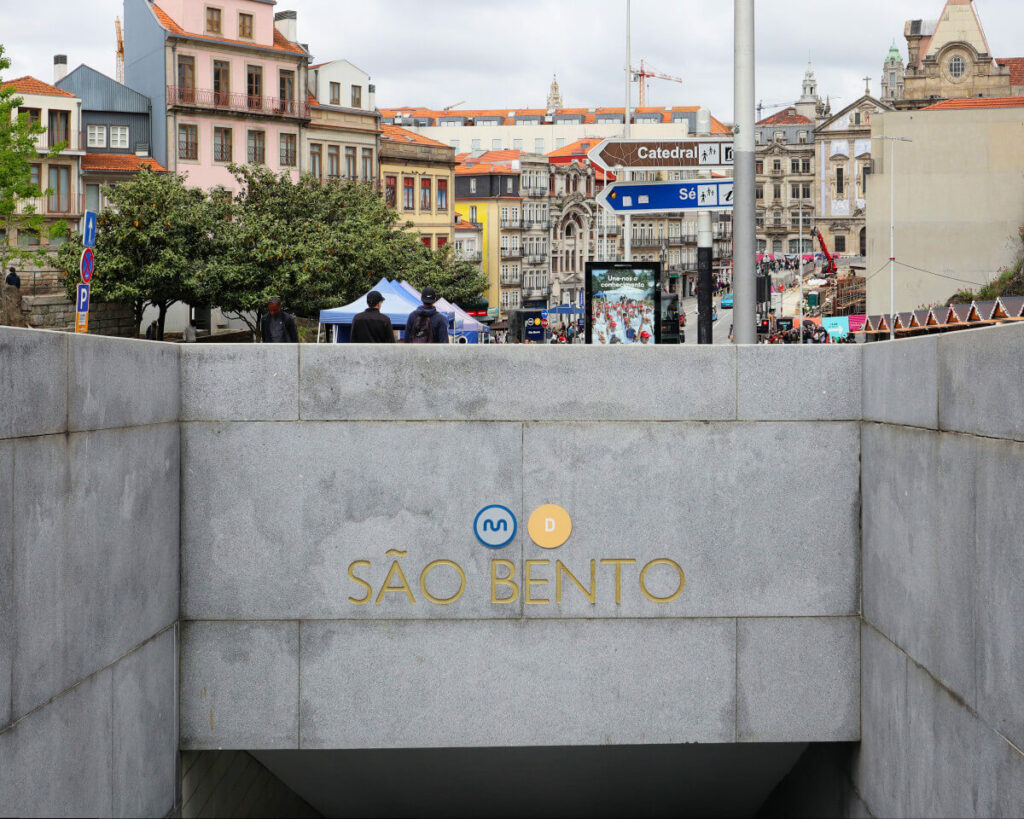The São Bento subway station, nestled within a UNESCO World Heritage area, is a testament to Álvaro Siza’s architectural prowess. Designed under “Avenida da Ponte,” the station is a harmonious blend of functionality and aesthetic elegance, embodying Siza’s vision of creating spaces that resonate with their environment. The station’s five levels—surface, high mezzanine, low mezzanine, quays, and sub-quays—are all adorned with tiles, a nod to Portugal’s rich ceramic tradition.
Siza’s design philosophy emphasizes simplicity and clarity, aiming to create spaces that are both practical and visually striking. He once remarked, “Architecture is about transforming reality, not just replicating it.” This ethos is evident in the station’s design, where each level is meticulously crafted to facilitate seamless movement while maintaining a distinct identity.
The station’s interaction with its surroundings is subtle yet profound. Despite its connection to the Souto Moura stations, Siza’s design stands independently, asserting itself as one of the most iconic in the system. The use of natural light and open spaces creates a dynamic interplay between the interior and exterior, enhancing the commuter experience.
Materials play a crucial role in the station’s design. The extensive use of tiles not only pays homage to local craftsmanship but also adds a tactile quality to the space. The station’s layout encourages exploration, with each level offering a unique perspective on the bustling city above.
In essence, the São Bento subway station is more than just a transit hub; it is a celebration of architectural innovation and cultural heritage, reflecting Siza’s commitment to creating spaces that are both functional and inspiring.

















